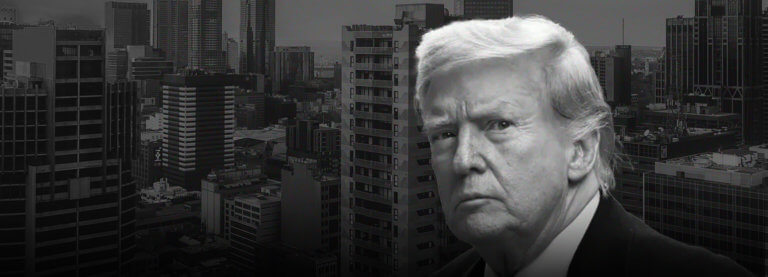
From overturning Roe v. Wade and the fundamental right to abortion to striking down protections for LGBTQ+ individuals, ending affirmative action, and now demolishing efforts to offer student loan forgiveness to millions of Americans, conservatives on the Supreme Court of the United States have made devastating after devastating decision this year.
Like many Minnesotans, we’re beyond frustrated by the recent U.S. Supreme Court decision overturning President Joe Biden’s student debt forgiveness plan.
And, terrified by the conservative rhetoric fueled by Trump-era appointees that seeped into the decision-making of one our country’s most powerful bodies.
President Biden’s historic efforts would have canceled up to $10,000 in debt for individual borrowers making less than $125,000 a year or households earning less than $250,000.
These measures were essential for supporting our American workforce, navigating record increases in tuition prices, private loans from mega-corporations that make it impossible to catch up on payments, and a pandemic that had historic impacts on our education and workforce system.
Much of the student debt crisis is due to the rapid inflation of tuition prices in the last decades. Today, the typical college graduate who borrows leaves college with $31,000 in loans. In 1970, that figure was $1,100. Collectively, the total student debt in America is 1.7 trillion dollars, up from $0.5 trillion in 2006.
And the vast majority of Americans applying for debt forgiveness are from low to moderate-income families. More than 98% of applications came from ZIP codes where the average income is under $75,000, and two-thirds were from neighborhoods with an average income below $40,000.
Last fall, the federal Department of Education estimated that more than 700,000 Minnesotans were eligible for the Student Loan Forgiveness program.
The ruling is devastating for Minnesotans and families across the country who were anticipating freedom from loan payments and the opportunity to invest in opening businesses, starting families, paying rent, and participating more broadly in the economy.
Minnesota progressives have taken matters into their own hands
Despite these attacks on workers and families from conservatives, Minnesota progressives have been able to champion measures that expand access to higher education by making it more affordable for Minnesotans.
Following the 2023 legislative session, Minnesota students with a household income under $80,000 will soon be able to attend Minnesota colleges and universities for free!
Not only does this measure help mitigate the financial barrier to higher education, but progressives are hopeful that with financial support, Minnesota colleges will be able to fight declining enrollment and help alleviate the state’s labor shortage.
And the new state budget that progressives passed this year heavily invests in higher education programs that focus on preparing students directly for the workforce, with many scholarships focused on assisting students pursuing high-demand jobs.
The fight continues
Despite the Supreme Court ruling, we’re grateful for visionary leaders like President Biden, who are fighting to support and protect our country’s working class. And the progressive leaders in Minnesota who made historic investments in education, health care, and the economy this year.
We need to unite, hold conservatives accountable for their harmful, out-of-touch policies, and continue the fight to build a better Minnesota.
Sign up to help us do this work.


